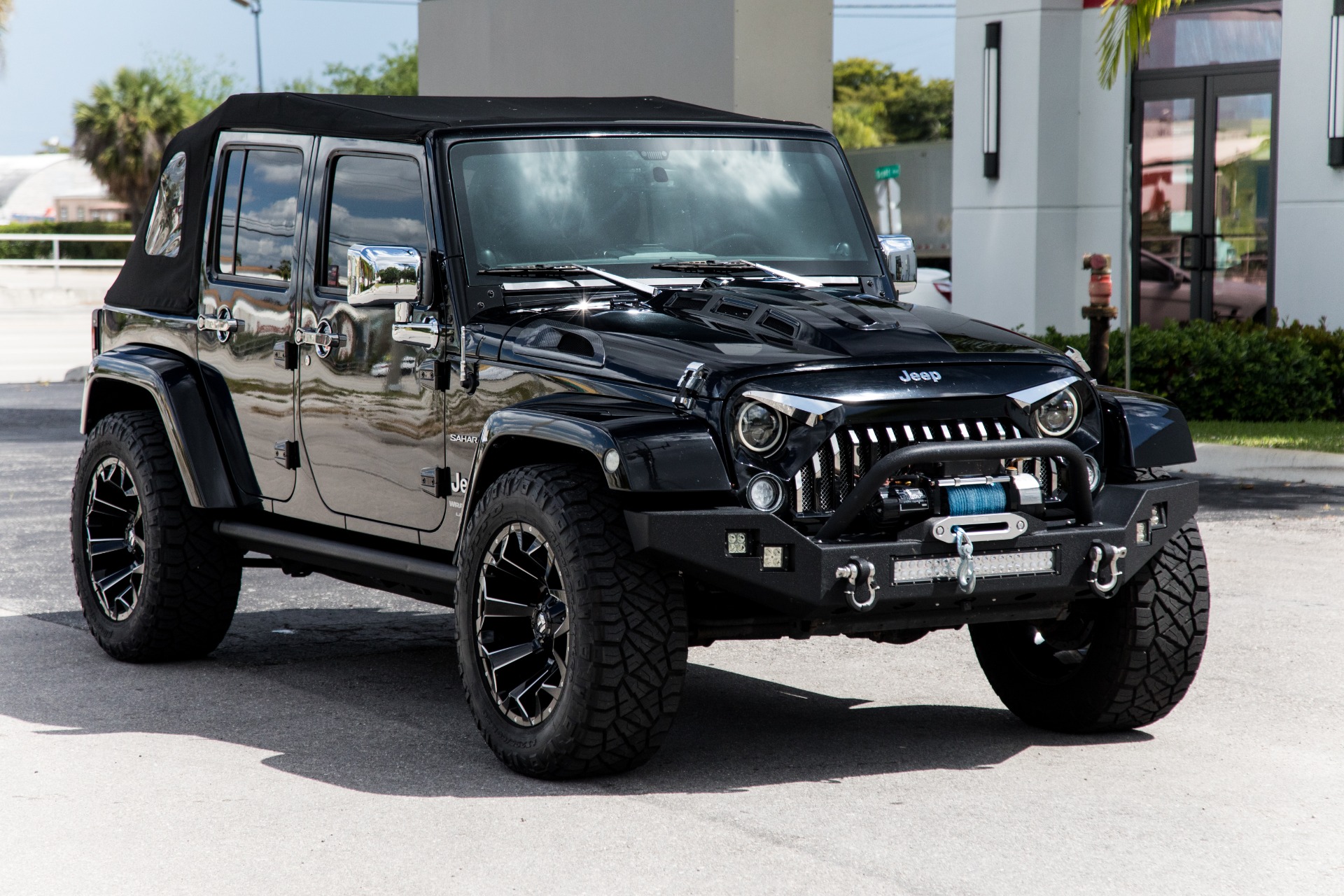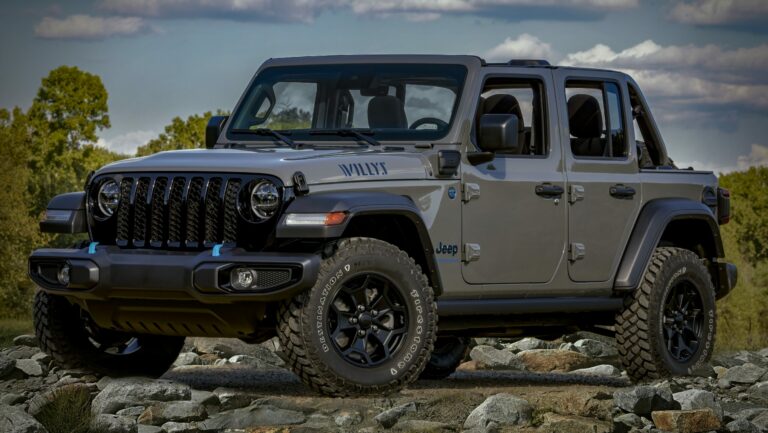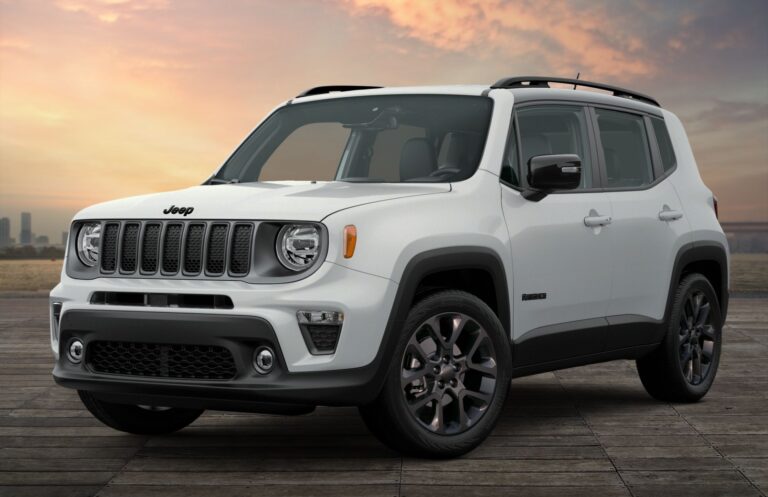Wrangler Jeep Willys: Tracing the Unbreakable Legacy of an Automotive Icon
Wrangler Jeep Willys: Tracing the Unbreakable Legacy of an Automotive Icon jeeps.truckstrend.com
The name "Wrangler Jeep Willys" evokes a powerful image: rugged capability, unwavering spirit, and a direct lineage to the vehicle that helped win a world war. While not a single, continuous model name, "Wrangler Jeep Willys" encapsulates the enduring journey of an automotive legend. It refers to the modern Jeep Wrangler, a direct descendant of the original Willys-Overland military vehicle, carrying its iconic design philosophy and unparalleled off-road prowess into the 21st century. This article will delve into the rich history, defining characteristics, and lasting appeal of this automotive icon, providing a comprehensive guide for enthusiasts, prospective owners, and anyone captivated by the legend of the Jeep.
Clarifying the Nomenclature: Wrangler, Jeep, and Willys
Wrangler Jeep Willys: Tracing the Unbreakable Legacy of an Automotive Icon
Before diving deep, it’s essential to understand the distinct yet interconnected terms that form "Wrangler Jeep Willys":
- Willys: This refers to Willys-Overland, the American automobile manufacturer that designed and mass-produced the original "Jeep" for the U.S. military during World War II. After the war, Willys continued to produce civilian versions, known as the Civilian Jeep (CJ) series.
- Jeep: Originally a nickname for the Willys MB, "Jeep" evolved into a registered trademark and a globally recognized brand synonymous with off-road vehicles. It represents a specific type of vehicle – rugged, utilitarian, and highly capable – regardless of the manufacturer.
- Wrangler: Introduced in 1986, the Jeep Wrangler is the direct successor to the CJ series. It embodies the core design principles and spirit of the original Willys Jeeps, with its distinctive open-top design, removable doors, and legendary 4×4 capability.
Thus, "Wrangler Jeep Willys" can be understood as the modern-day Jeep Wrangler, proudly carrying the torch of its Willys-Overland ancestry, often with specific "Willys" trim levels offered to honor this heritage.
The Genesis: Willys-Overland and the Birth of an Icon
![]()
The story of the Jeep begins in the crucible of World War II. As the United States prepared for conflict, the military issued a call for a lightweight, four-wheel-drive reconnaissance vehicle. Among the contenders, Willys-Overland’s design, refined and eventually standardized as the Willys MB, emerged victorious.
The Willys MB was a marvel of engineering simplicity and rugged functionality. Its key features included:
- Go-Devil Engine: A robust, reliable 2.2-liter four-cylinder engine.
- Solid Axles: Providing durability and articulation for rough terrain.
- Open-Body Design: Allowing for quick entry/exit and versatility.
- Four-Wheel Drive: Essential for navigating diverse landscapes.

This unassuming vehicle quickly became an indispensable tool of war, earning the moniker "the vehicle that won the war." Its success led to the development of the Civilian Jeep (CJ) series after 1945, bringing the rugged utility of the military Jeep to farms, construction sites, and adventurous civilians worldwide. The CJ series, including models like the CJ-2A, CJ-3B, CJ-5, and CJ-7, maintained the core design principles of its military predecessor, cementing the Jeep’s reputation for durability and off-road prowess.
The Evolution: From CJ to Wrangler

By the mid-1980s, the CJ series, while beloved, faced increasing competition and evolving safety standards. American Motors Corporation (AMC), then owner of Jeep, decided to introduce a new model that would retain the CJ’s iconic spirit while offering improved on-road manners and modern amenities. This led to the birth of the Jeep Wrangler in 1986, initially designated the YJ.
Each subsequent generation of the Wrangler – the TJ (1997-2006), JK (2007-2018), and the current JL (2018-present) – has built upon this foundation, while continuously integrating advancements:
- YJ (1987-1995): Notable for its square headlights (a departure from the traditional round ones), it offered a more comfortable ride than the CJ.
- TJ (1997-2006): Reintroduced round headlights, coil-spring suspension for improved ride quality and articulation, and the iconic Rubicon trim.
- JK (2007-2018): Grew in size, introduced a four-door Unlimited model, and offered more powerful engines and modern electronics, broadening its appeal.
- JL (2018-Present): Further refined on-road dynamics, improved fuel efficiency, more advanced technology (Uconnect infotainment, safety features), and a wider range of powertrain options (including hybrid).
Despite these evolutions, the Wrangler has always stayed true to its Willys roots with its signature seven-slot grille, round headlights, exposed hinges, removable doors and roof, fold-down windshield, and robust body-on-frame construction with solid axles.
Key Characteristics and Enduring Appeal
The enduring appeal of the Wrangler, and its Willys heritage, stems from several key characteristics:
- Unrivaled Off-Road Capability: This is the Jeep’s primary identity. With features like Command-Trac or Rock-Trac 4×4 systems, high ground clearance, short overhangs, and exceptional articulation, Wranglers are designed to conquer challenging terrains.
- Modular Design and Customization: The ability to remove doors, fold down the windshield, and choose from various soft-top or hard-top configurations provides an unparalleled open-air driving experience. This modularity also makes the Wrangler a blank canvas for aftermarket modifications, from lift kits and larger tires to heavy-duty bumpers and winches.
- Iconic Design: The Wrangler’s unmistakable silhouette is instantly recognizable worldwide, a direct callback to the original Willys MB.
- Strong Community and Lifestyle: Owning a Wrangler is often more than just owning a vehicle; it’s joining a vibrant community of enthusiasts who share a passion for adventure, exploration, and the unique Jeep lifestyle.
- Exceptional Resale Value: Due to its robust construction, timeless appeal, and high demand, Wranglers consistently hold their value exceptionally well.
Important Considerations for Owners and Enthusiasts
Owning a Wrangler Jeep Willys comes with its unique set of considerations:
- Maintenance: While robust, regular maintenance is crucial, especially if the vehicle is frequently taken off-road. Pay attention to suspension components, driveline fluids, and tire wear. Older Willys CJs require specific knowledge for parts and repairs.
- Modification: The aftermarket for Wranglers is vast. While modifications can enhance capability and aesthetics, ensure they are done professionally and consider how they might affect safety, warranty, and on-road performance.
- Driving Dynamics: Wranglers are built for off-road performance, which means their on-road manners can be different from conventional SUVs. Expect a firmer ride, some body roll, and potentially more wind noise due to their upright design.
- Fuel Economy: Historically, Wranglers have not been known for stellar fuel economy, especially with larger engines and aggressive tires. However, newer generations (JL) offer improved efficiency and hybrid options.
- Security: With removable tops and doors, Wranglers can be more vulnerable to theft or break-ins. Consider additional security measures if living in high-risk areas.
Practical Advice and Actionable Insights
For those looking to embrace the Wrangler Jeep Willys legacy:
- Define Your Needs: Are you primarily an off-roader, a daily driver, or a collector? This will guide your choice between a vintage CJ, a used Wrangler generation, or a new JL.
- Research Generations: Each Wrangler generation (YJ, TJ, JK, JL) has distinct characteristics, pros, and cons. Research them thoroughly to find the best fit for your budget and lifestyle.
- Consider the "Willys" Trim: For new Wrangler buyers, the "Willys" or "Willys Sport" trim levels often offer a nod to the heritage with specific styling cues (like black grille and wheels) and enhanced off-road features, providing a direct link to the Willys spirit.
- Inspect Thoroughly (Used): For used Wranglers, a pre-purchase inspection by a trusted mechanic is vital, especially checking for rust on the frame and common wear items.
- Learn Off-Roading Basics: If you plan to take your Wrangler off-road, invest in proper training and join local off-road clubs. Understanding recovery gear, tire pressure, and proper driving techniques is crucial for safety and enjoyment.
- Embrace the Community: Join online forums, social media groups, and local Jeep clubs. The community is a fantastic resource for advice, camaraderie, and organized trail rides.
Pricing Information: Wrangler Jeep Willys
Providing an exact price for "Wrangler Jeep Willys" is complex due to its historical evolution and diverse market. The table below offers estimated price ranges based on the different categories of vehicles that fall under this umbrella. Prices can vary significantly based on condition, mileage, trim level, modifications, and market demand.
| Vehicle Category | Model Years (Approx.) | Key Characteristics | Estimated Price Range (USD) | Notes |
|---|---|---|---|---|
| Original Willys MB | 1941-1945 | Military historical vehicle, collector’s item, often restored. | $25,000 – $100,000+ | Price highly dependent on originality, restoration quality, and historical significance. |
| Willys Civilian Jeep (CJ) | 1945-1986 | CJ-2A, CJ-3B, CJ-5, CJ-7. Iconic, simple, rugged. Popular for restoration/off-roading. | $5,000 – $40,000+ | Varies greatly by model, condition, and modifications. Restored models command higher prices. |
| Used Jeep Wrangler (YJ/TJ) | 1987-2006 | Older generations, more basic, excellent for modification. | $7,000 – $25,000 | YJ (square headlights), TJ (coil springs, Rubicon option). Prices depend on condition and mileage. |
| Used Jeep Wrangler (JK) | 2007-2018 | First 4-door Unlimited, modern conveniences, popular used market. | $15,000 – $45,000 | Wide range based on year, trim (Sport, Sahara, Rubicon), 2-door/4-door, and modifications. |
| New Jeep Wrangler (JL) | 2018-Present | Current generation, advanced tech, refined ride, multiple engine options. | $32,000 – $80,000+ (MSRP) | Base Sport 2-door to fully loaded Rubicon 392 or high-end trims. Includes Willys Sport/Edition. |
| New Jeep Wrangler Willys Sport / Willys | Current JL | Specific trim level honoring Willys heritage, black accents, off-road features. | $35,000 – $50,000 (MSRP) | Price falls within the new JL range but offers specific aesthetic and functional packages. |
Note: Prices are estimates and subject to change based on market conditions, location, vehicle specifics, and dealer incentives.
Frequently Asked Questions (FAQ) about Wrangler Jeep Willys
Q1: What is the difference between a Willys, a Jeep, and a Wrangler?
A1: Willys was the original manufacturer of the military "Jeep" and its civilian CJs. Jeep is the brand name that evolved from that original vehicle. The Wrangler is the current model line produced by the Jeep brand, serving as the direct successor to the CJ series, carrying on the Willys heritage.
Q2: Is a "Wrangler Willys" a specific model?
A2: Yes, within the modern Jeep Wrangler lineup (JL generation), there are specific "Willys Sport" or "Willys" trim levels. These models feature styling cues and some off-road enhancements that pay homage to the original Willys Jeeps, such as unique wheels, grille, and decals.
Q3: Are older Willys Jeeps (CJs) still good for off-roading?
A3: Absolutely! Many vintage CJs are highly capable off-roaders, often prized for their simplicity and robustness. However, they typically lack the modern comforts and advanced electronic aids of newer Wranglers.
Q4: How does the Wrangler maintain its "Willys" heritage?
A4: Through its core design principles: a body-on-frame construction, solid axles, exceptional approach/departure angles, removable doors and top, fold-down windshield, and the iconic seven-slot grille. These elements are direct descendants of the original Willys MB.
Q5: What are the main benefits of owning a Wrangler Jeep Willys (modern Wrangler)?
A5: Unmatched off-road capability, iconic styling, high customization potential, strong resale value, and access to a vibrant community of enthusiasts.
Q6: What should I look for when buying a used Wrangler?
A6: Check for rust on the frame, especially in older models. Inspect the suspension components, steering, and driveline for wear or damage. Look for signs of off-road abuse if that’s a concern. Always get a pre-purchase inspection.
Q7: Can I daily drive a Wrangler?
A7: Yes, modern Wranglers (especially JK and JL generations) are much more comfortable and refined for daily driving than their predecessors. However, they still have a distinct driving feel compared to a conventional SUV due to their off-road-oriented design.
Concluding Summary
The "Wrangler Jeep Willys" represents more than just a vehicle; it embodies a powerful legacy of innovation, resilience, and adventure. From its humble beginnings as a wartime workhorse under Willys-Overland to its evolution into the globally recognized Jeep Wrangler, this icon has consistently adapted while staying true to its core identity. It’s a testament to timeless design and unparalleled capability, offering a unique blend of heritage and modern technology. Whether you’re navigating urban jungles or conquering rugged trails, the spirit of the original Willys Jeep lives on in every Wrangler, inviting drivers to embrace freedom and explore the world, one adventure at a time.



